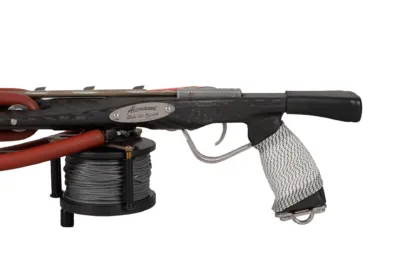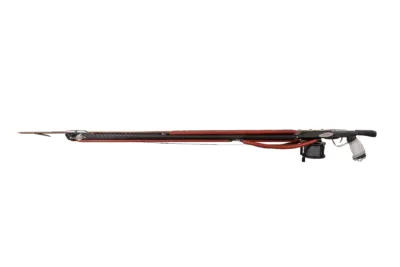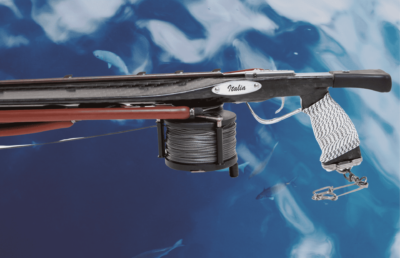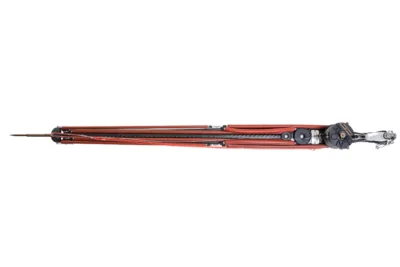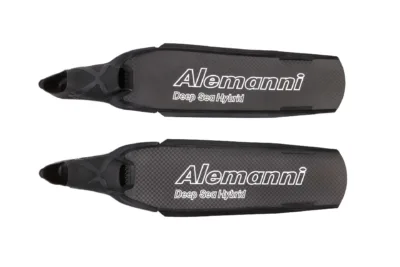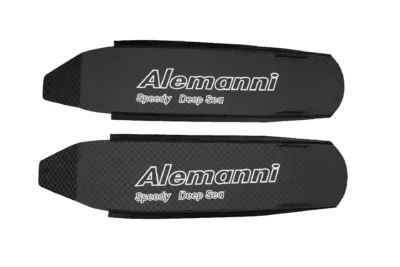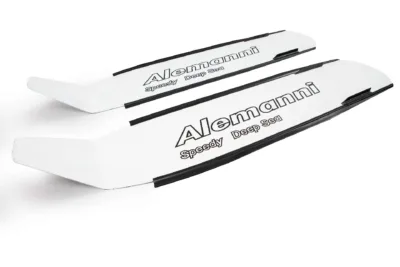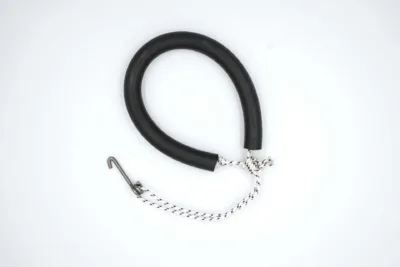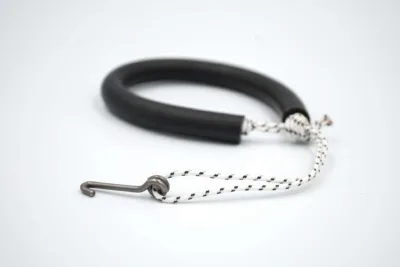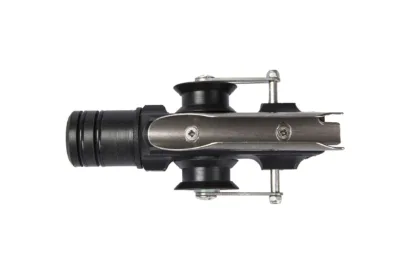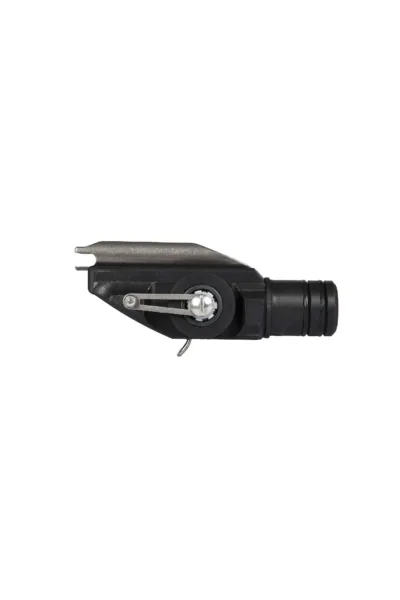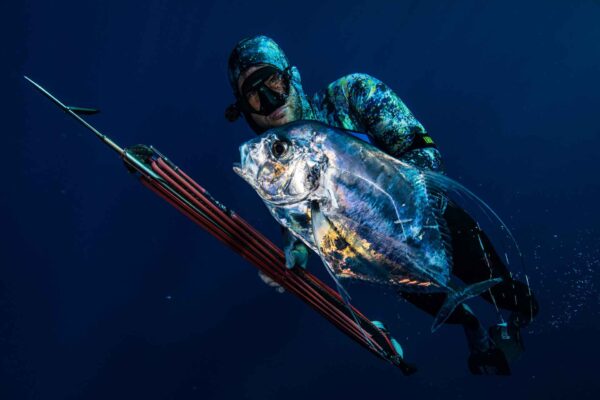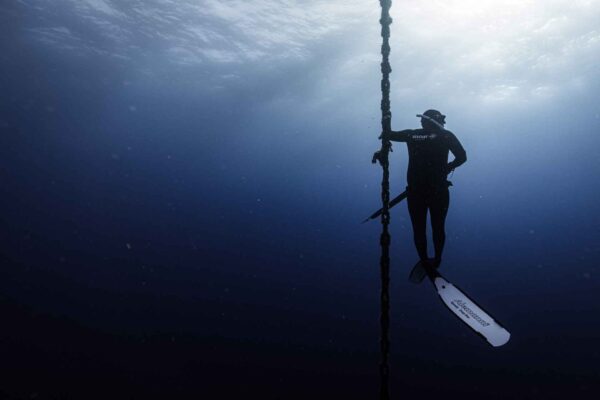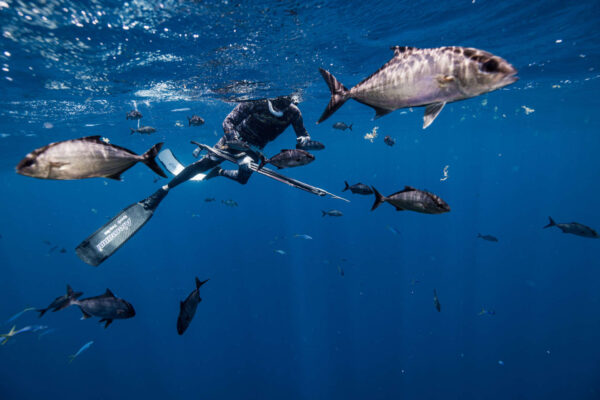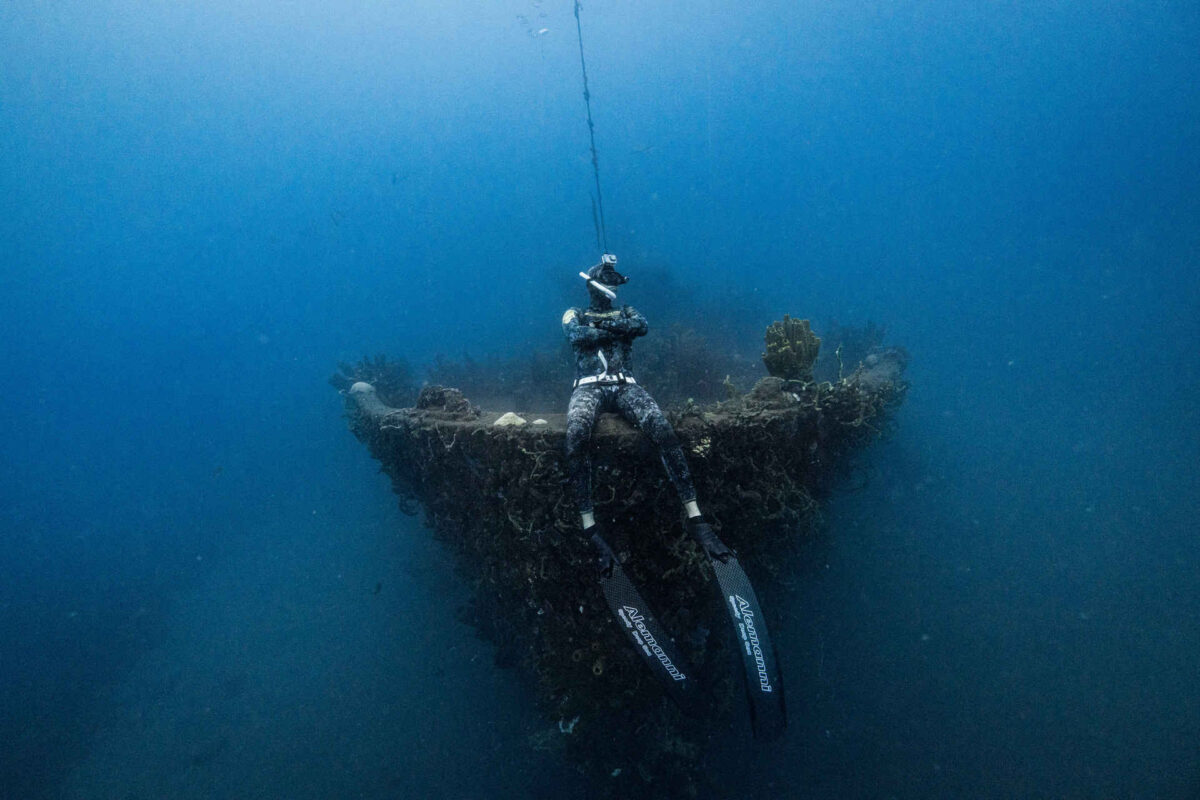Spearfishing and Tourism
Exploration of marine wrecks: underwater adventures
Exploration of marine wrecks: underwater adventures
Among the various activities that can be carried out underwater, theexploration of marine wrecks holds a special place in the hearts of diving enthusiasts. Immersing yourself in the presence of the vivid testimonies of a distant past is an experience with a unique charm, but also a challenge that requires sensitivity and a certain preparation.
Exploration of marine wrecks: history and nature
According to UNESCO estimates, there are over three million wrecks that rest on the seabed all over the world: enormous merchant ships of the modern era or precious treasures of antiquity that time has crystallized in the moment of disaster and which seem both a warning and a monument to the power of the sea. Each submerged wreck is a piece of history that reveals itself to explorers of the depths like the vivid drawing of a past time which is slowly consumed by the folds of the sea.
Scuba diving to discover wrecks and marine archaeological sites have now become so popular that in some countries, including Malta and the United States, the practice of scuttling, which consists of voluntarily sinking old ships for tourism and seabed protection purposes.
And we must not forget thenaturalistic aspect (whether you fish or not). Every hull lying on the seabed quickly transforms into a artificial reef rich in biodiversity: according to a recent Italian study, a wreck manages to collect a quantity of species comparable to those found in Posidonia meadows and coral reefs.
Exploration of underwater wrecks: where to start
The meeting with a submerged wreck it can be the result of an expedition prepared well in advance or it can show up without warning, even while you are looking for a new area in which freedive fishing.
In any case, seeing the outline of an ancient past become increasingly clearer before one's eyes can only provoke a profound emotional impulse, often accompanied by temptation to get closer immediately to what looks like an anchor or a fragment of keel.
Wreck diving, however, is a very time-consuming practice that requires preparation and awareness, and this applies both to those who freedive and to those who dive with cylinders and respirator. Almost all underwater sports federations and associations, not surprisingly, provide for specially dedicated courses to the exploration of marine wrecks, a real specialization in the field of underwater activities. The approach with imposing labyrinthine structures destined to collapse on themselves, in fact, presents some limitations specific risks.
Wreck diving: possible dangers
Whether you dive freediving or with a snorkel, the exploration of marine wrecks presents characteristics that can be associated with some risk factors quite frequent, including:
- sharp objects: fragments of wood or metal parts can cause scratches and cuts, which is why it is good to be equipped with a protective suit, hood and gloves;
- Possibility of get entangled in nets, ropes and any other protrusions of the wreck: it is essential that all the equipment is well secured with elastic bands and cable ties. It is also recommended to bring at least two knives with you to be able to free yourself from the nets if necessary;
- currents: as happens in spearfishing, water currents can surprise the diver at any moment. When you are very close to a shoal or a huge submerged hull, knowing how to control your buoyancy is even more important;
- low visibility: especially inside the wreck, a too confident swim is enough to drastically reduce visibility. Also for this reason, dives that penetrate the wreck involve a decidedly greater degree of difficulty, and are therefore recommended only for the most experienced divers;
- depth: not all wrecks are located in hundreds of meters deep, but those that can be explored within 10-20 meters are a small minority (at least in the waters of the Mediterranean). Wreck diving, in most cases, therefore also presents all the dangers associated with depth.
What makes the difference above all is the type of dive: choosing to venture inside a phantom hull or on the deck of a large merchant ship broken by the waves means facing an immersion comparable to that in a cave, and exposes it to the same risks (including those related to loss of orientation and feelings of panic).
Underwater wrecks to explore freediving in Italy
The exploration of underwater archaeological sites and ancient ships on the seabed comes from the sea rarely associated with apnea, especially because of the depths involved. However, in the waters of the Mediterranean, there are some fascinating treasures to discover equipped only with a mask and good lungs.
A good example of this is Wreck of Captain Antonio, off the coast of Santa Caterina dello Jonio, a broken ship lying at a depth of 6-12 meters and that of the Swedish ship known as Kingston, also in Calabria, which is found at an immersion depth of between 3 and 10 metres. Tourists permitting, another interesting shallow wreck is that of the motor vessel Airone, which sank in Lake Garda in 2011, resting on a mixed sand and mud seabed approximately 8-10 meters north-east of the island of San Biagio.
Also very visited and appreciated are the remains of the Elviscot merchant ship, known as Pomonte wreck, which lies a few meters from the coasts of the Island of Elba at a depth of approximately 12 meters and wrecks of Porto Cesareo, splendid testimonies of ancient times visible even from the surface of the water.


